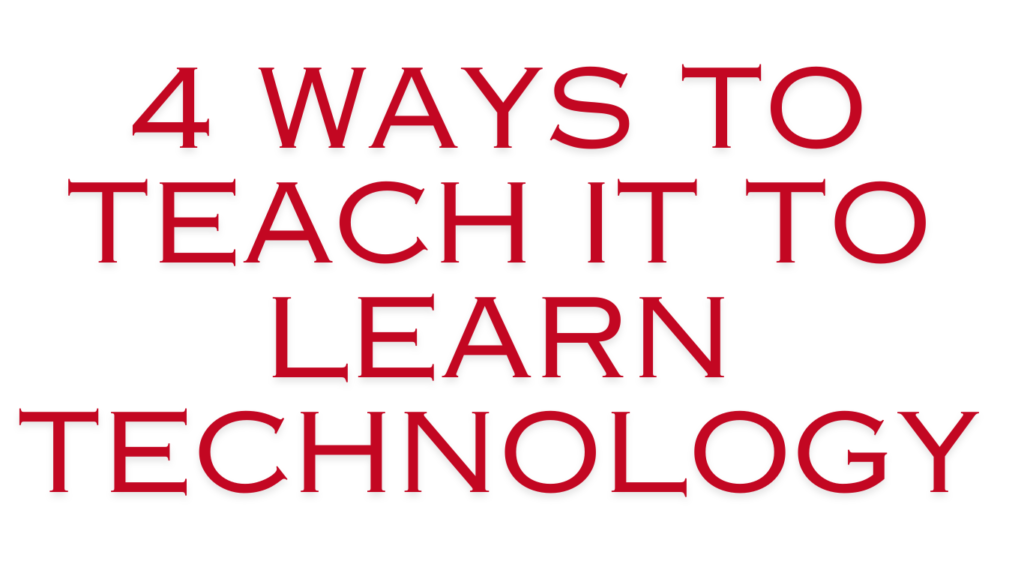Introduction The digital landscape has transformed the way people earn a living, and digital marketing is at the forefront of this change. For individuals and businesses alike, digital marketing presents a multitude of opportunities to generate income by leveraging online platforms and strategies. Whether you’re an aspiring freelancer, an entrepreneur, or a business owner, understanding how to make money in digital marketing can open up a world of possibilities. This article will explore various ways to earn through digital marketing, breaking down the essential strategies and methods to help you get started on your journey to online success. Outline 2.Developing a Digital Marketing Strategy to Maximize Earnings 4.Challenges and How to Overcome Them 5. Future Trends in Digital Marketing and Income Opportunities Conclusion Understanding Digital Marketing as an Income Source Digital marketing encompasses a wide range of activities designed to promote products or services online. Given the increasing amount of time people spend on digital platforms, businesses are investing heavily in digital marketing to reach their target audiences. This trend has created numerous income-generating opportunities for individuals willing to learn and adapt to new marketing methods. The appeal of making money through digital marketing lies in its accessibility and scalability. Whether you’re working from home as a freelancer or managing a full-scale digital marketing agency, there are countless ways to carve out a profitable niche. With low start-up costs, flexible work arrangements, and the potential for high earnings, digital marketing has become one of the most sought-after fields for those seeking financial independence. Ways to Make Money in Digital Marketing 1.FreelancingFreelancing in digital marketing can include tasks such as managing social media accounts, creating content, running email campaigns, and more. Websites like Upwork, Fiverr, and Freelancer connect freelancers with clients, making it easy to find work and establish a portfolio. Freelancers can earn by charging hourly rates or fixed prices for their services, depending on the scope of the project. 5.Running an E-commerce StoreWith platforms like Shopify, Woo Commerce, and Etsy, setting up an online store has never been easier. E-commerce stores can be used to sell physical products, digital goods, or even print-on-demand merchandise. Success in e-commerce requires a good understanding of digital marketing techniques like SEO, PPC, and social media marketing to drive traffic and conversions. 8. Email Marketing Email marketing is an effective way to nurture leads, engage with customers, and drive sales. Businesses often hire email marketing experts to manage their email campaigns, segment their audience, and optimize for conversions. Email marketing tools like Mailchimp, Constant Contact, and HubSpot can help marketers automate their campaigns and analyze their effectiveness. Developing a Digital Marketing Strategy to Maximize Earnings Identifying Your NicheThe digital marketing space is vast, so it’s essential to identify a niche that aligns with your interests and expertise. Focusing on a specific area, such as SEO, content creation, or social media management, allows you to develop specialized skills and attract clients within that niche. Building a Personal BrandPersonal branding is crucial for standing out in a competitive market. By consistently sharing valuable content on your website, blog, or social media, you can establish yourself as an authority in your niche. A strong personal brand attracts clients and opens up additional income opportunities, such as speaking engagements or consulting work. Leveraging Multiple Income StreamsDiversifying your income streams is essential for long-term stability in digital marketing. By combining freelancing, affiliate marketing, content creation, and other methods, you can build a robust income stream that is less reliant on any single source. Tools and Resources for Success in Digital Marketing Essential Digital Marketing Tools-SEO: Ahrefs, SEMrush, and Moz. Networking and Community ResourcesJoining online communities, such as Reddit’s r/digital marketing, LinkedIn groups, and attending industry conferences, can provide valuable networking opportunities and keep you updated on the latest trends. Challenges and How to Overcome ThemManaging CompetitionThe digital marketing field is competitive, with many individuals offering similar services. To stand out, focus on delivering exceptional results and building long-term relationships with your clients. Developing a niche expertise can also help differentiate your services. Staying Up-to-Date with Industry TrendsDigital marketing is constantly evolving. Regularly updating your skills through online courses, webinars, and industry publications will ensure you remain competitive and can offer clients the latest strategies. Handling Client Relationships and ExpectationsClear communication is key to managing client relationships. Establishing expectations from the beginning and regularly updating clients on progress can help prevent misunderstandings and foster positive, long-lasting partnerships. Future Trends in Digital Marketing and Income Opportunities AI and AutomationAI is transforming digital marketing, enabling marketers to automate repetitive tasks, analyze data, and personalize customer experiences. Embracing these tools can increase efficiency and open up new income opportunities. The Impact of Video Content and Live Streaming Video content, particularly live streaming, is increasingly popular across social media platforms. Marketers who can create engaging video content will have a competitive edge and be able to tap into new revenue streams. New Monetization Options in Social MediaSocial media platforms like Instagram and TikTok continue to introduce new monetization features, including creator funds, brand partnerships, and shoppable posts. Marketers who can capitalize on these features will find even more ways to earn. Conclusion The field of digital marketing offers numerous ways to earn a living, from freelancing and affiliate marketing to creating digital products and running an e-commerce store. Success in digital marketing requires dedication, continuous learning, and the ability to adapt to changing trends. By identifying a niche, building a personal brand, and diversifying your income streams, you can create a sustainable and profitable career in digital marketing. The opportunities are vast, and with the right strategy, you can leverage the power of the digital world to achieve financial independence and success.



